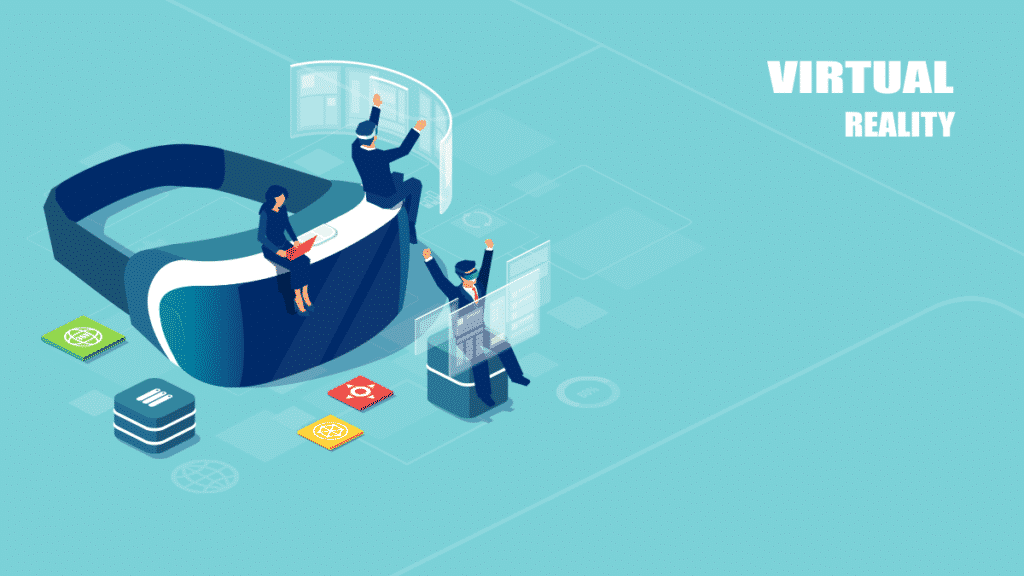
Immersive technologies can have a defining role in the world of telecoms, creating a broad scope of opportunities to support the changing, complex nature of the telecoms landscape. The industry at present, makes large investments in maintaining and developing its infrastructure, to ensure that technology across industries is represented by seamless, uninterrupted services. Deploying augmented reality (AR) and virtual reality (VR) can offer significant support to an increasingly complex system of services that require ongoing operational maintenance.
When distance stands between the problem and the maintenance specialist, disruption and delays are inevitable. In a world where businesses rely upon the seamless connection between their services and the network provided by their operator, it can cause immense pressure for both parties involved. Using augmented reality (AR) to fix maintenance issues remotely, provides a viable solution. This is a cost- and time-effective approach, that will ensure more repairs are made by the most trained and competent specialists. Immersive technology will replicate a real-life installation and maintenance situation for experts to assess. AR can be used by technicians to establish open audio-visual dialogue with an expert from anywhere in the world, which means an increased number of remote site visits and real-time consultations. Immersive technology in this context, provides double-sided benefit of both increased learning and productivity.
VR and AR can be used to effectively assist and train both current and future staff personnel. One of the major stumbling blocks faced by management in the telecom industry is ensuring consistent standards of practice and performance among their team members. AR and VR can be leveraged to boost knowledge retention and professional engagement. Immersive technologies can provide training without the need for time-consuming workshops, that would otherwise mean taking an entire group away from their work-environment – Studies have shown that this approach may boost GDP by $294.2 billion by 2030. The figures indicate the broad scope of potential in augmented reality in the workplace and offers unlimited access to those who wish to understand an area of specialty that may otherwise be difficult to facilitate in their surrounding physical environment.
AR and VR technologies can take operational performance to the next level. Utilizing such tools will ensure a more stream-line, efficient system that better responds to the advancing trends and requirements of the global market.